The King's Men generously welcomed to Cumbria
The King’s Men were the premier acting company in the land – the group for whom Shakespeare wrote most of his plays, and indeed had once included the bard himself among them as a part of the acting company. They were given a royal seal of approval when King James I came to power in 1603.
The King later enjoyed a warm welcome from the people of Cumbria, and it seems his official acting troupe the King’s Men were similarly treated. Just as well, given the magnitude of the journey from London!
-
![]()
Much ado near me
Hear more Shakespeare stories on BBC Radio Cumbria
-
![]()
Shakespeare Festival 2016
The BBC celebrates the genius of the bard
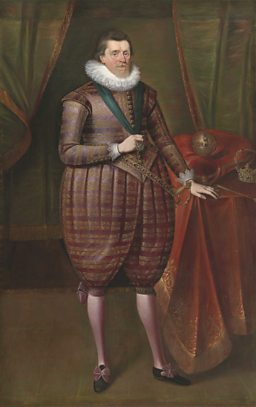
By Dr Audrey Douglas, REED editor for Cumberland and Westmorland
In 1603, on the death of Queen Elizabeth 1, King James I, her successor, had been summoned to England for his coronation; it was not until 1617 that he went back, for the first and only time, to his native Scotland.
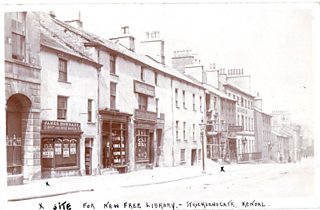
Returning to England in August 1617, the king spent two nights in the border garrison town of Carlisle, Cumberland, and two more in Kendal, Westmorland, known for its fabled ‘Kendal green’ cloth. In each place he was presented with a valuable cup and a purse of gold. In Kendal he stayed in Stricklandgate at a location later known as Brownsword House (the site of the present Kendal Library).
In Carlisle he had attended two church services and presided over a feast; interestingly, we are also told that when Carlisle’s mayor and council took leave of the king, James behaved ‘very graciouslye talkinge a good Space with them’.
Perhaps it was a lingering positive impression of this personal encounter with the king that prompted both Carlisle and Kendal to extend a generous welcome to the King’s Men - the troupe of players that once had included William Shakespeare among its number – when, soon afterward, they in turn came to the northwest.
We don’t know if the King’s Men journeyed on foot or horseback, or what baggage accompanied them, but the records show that at this time they mostly travelled north just before or after the Christmas season, a time when they would normally have been in demand at court.
While an acknowledged network of routes existed to facilitate their journey, travel to the Scottish border in the cold and damp of winter presented something of a challenge. In the last stage of their journey, the King’s Men covered approximately 80 miles, probably passing through Garstang, Lancaster and Carnforth in Lancashire, and Kendal and Penrith in Westmorland, before finally entering through Englishgate into Carlisle. On the way these players would variously have encountered steep, stony or miry ground, most likely at this season layered in snow.
The eventual reward, however, was well worth the effort. From 1619 to 1623, the King’s Men came annually to Carlisle, where they received as much as thirty shillings for their performance, and never less than one pound. Kendal also hosted the King’s Men in three of these years, disbursing a steady ten shillings on each occasion. These were considerable sums given the thrifty budgetary oversight prevailing in most municipalities at the time and, in particular, the relatively impoverished state of Carlisle, still impaired by its long exposure to raiding and siege.

With the accession of Charles I, players under the king’s patronage continued to travel north – though now in the milder summer months -- visiting Carlisle in July 1625, and in August 1627 when Kendal was also included in their tour. Kendal also had two visits in 1626 (in April and November), and again in August 1637. By the latter year the borough’s municipal status had been enhanced under a recent royal charter, and a triple tier of mayor, aldermen and burgesses was in place. The newly created mayor of Kendal now felt empowered to up the ante and bestowed one pound on the King’s players, thus doubling the ten-shilling reward they had come to expect from the borough.
Players who visited Kendal, including the King’s Men, probably performed in the Moot Hall, otherwise known as the New Hall. This stone and timber building, completed in 1592, stood at the southwest corner of the present Market Place, bordering on Stricklandgate, Kendal’s main thoroughfare, almost opposite the house where the king had lodged in 1617; the Moot Hall’s opening had been celebrated with a banquet, a masque entertainment and a performance of a troupe of players who were unfortunately not identified in the record. Carlisle’s first Moot Hall (demolished in 1668) was similarly situated in the city’s marketplace, on its north side near the junction of Rickergate and Fisher Street.
From 1619 to 1623, the King’s Men came annually to Carlisle, where they received as much as thirty shillings for their performance, and never less than one pound
This hall had earlier been described as a two-storey building with shops at ground level (and possibly a small prisoners’ lock up). Outside stairs gave access to the upper chamber, where the council and local law court each met; it was here that the King’s Men would have performed for the mayor, his colleagues and other guests, perhaps in a muted daytime light that filtered through the chamber’s leaded glass window, or in the night-time illumination of many candles. We may also suppose there was some eager anticipation among the players as they waited for the subsequent cash reward, perhaps dug out of the city’s common chest – or even delivered from the mayor’s own pocket in expectation of eventual compensation from the same municipal source.
No record survives of the plays performed in Carlisle and Kendal by the King’s Men. We do know, however, from other sources that the repertoire of the King’s Men’s on the road could have included one or more of Shakespeare’s plays, especially those they performed at King James’ s court in, or close to, the particular year in which they visited the northwest. On the basis of this kind of information, for example, the mayor and citizens of Carlisle could have seen Pericles Prince of Tyre in the summer of 1619, while in 1623, a cold February in Carlisle and Kendal may have been enlivened by a performance of Twelfth Night. Similarly, Charles I’s players may have performed The Winter’s Tale or Henry IV, part 1 at Carlisle in 1625, and Julius Caesar or Hamlet at Kendal in 1637.
Who were the King's Men?
The King’s Men were the acting company to which Shakespeare was a member for most of his writing and acting career.
They were known as the Lord Chamberlain’s Men during the reign of Elizabeth I and become the King’s Men by the royal decree of King James I when he came to power in 1603.
In the royal patent of 1603, the King’s Men were named as – Lawrence Fletcher, William Shakespeare, Richard Burbage, Augustine Phillips, John Heminges, Henry Condell, William Sly, Robert Armin, Richard Cowley…”and the rest of their associates…”.
By the time of the troupe’s visit to Carlisle and Kendal around 1619, several of the actors named in the patent had already died. Lead actor Richard Burbage, who played Shakespeare’s demanding male parts – Richard III, Othello, King Lear, Antony and Macbeth – never retired from the stage and continued acting until his death in 1619.
But when they came to Cumbria the surviving King’s Men would have been able to choose from the canon of Shakespeare’s works.
Shakespeare on Tour
From the moment they were written through to the present day, Shakespeare’s plays have continued to enthral and inspire audiences. They’ve been performed in venues big and small – including inns, private houses and emerging provincial theatres.

BBC English Regions is building a digital picture which tracks some of the many iconic moments across the country as we follow the ‘explosion’ in the performance of The Bard’s plays, from his own lifetime to recent times.
Drawing on fascinating new research from Records of Early English Drama (REED), plus the British Library's extensive collection of playbills, as well as expertise from De Montfort University and the Arts and Humanities Research Council, Shakespeare on Tour is a unique timeline of iconic moments of those performances, starting with his own troupe of actors, to highlights from more recent times. Listen out for stories on Shakespeare’s legacy on your BBC Local Radio station from Monday 21 March, 2016.
You never know - you might find evidence of Shakespeare’s footsteps close to home…
Craig Henderson, BBC English Regions
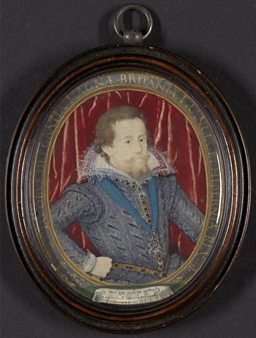
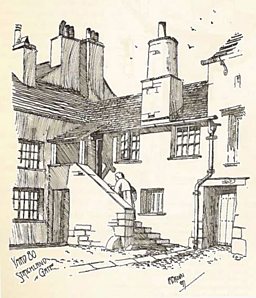
Related Links
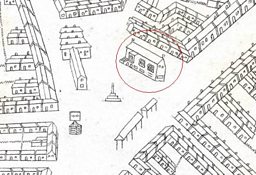
Shakespeare on Tour: Around Cumbria
-
![]()
Poingant performance of Hamlet in Whitehaven
Benefit performance for miner's families in Whitehaven
-
![]()
Theatre manager relies on The Merchant of Venice to avert a cash crisis
Plus, Dr Johnson praising the 'Immortal Shakespeare'
Shakespeare on Tour: Around the country
-
![]()
The 18th century impersonator who was 'the Jon Culshaw of his day'
The city gets its prestigious Theatre Royal
-
![]()
The Northampton Repertory Theatre
Pieces of history in Northampton
-
![]()
Drunken robbers threaten the leader of Shakespeare's players
As he collects admission money at the door!
-
![]()
Shakespeare's tragic heroes appear in Launceston
Size not everything as Shakespeare's tragic heroes appear in remote town of Launceston








